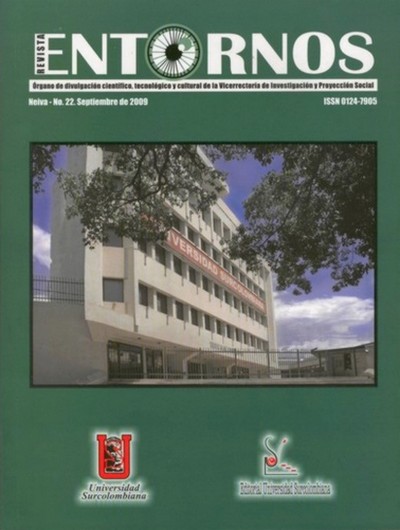Análisis teórico del efecto de la producción de pozos vecinos en pruebas de interferencia
##plugins.themes.bootstrap3.article.main##
Normalmente, un pozo productor de hidrocarburos emplea el 99% de su vida productiva operando bajo el régimen de estado pseudoestable y continúa su operación mientras se ejecutan pruebas de interferencia en otros pozos dentro del mismo campo. Esto ocasiona que la estimación de parámetros utilizando datos recogidos durante una prueba de interferencia, en la cual los pozos involucrados se asumen únicos dentro de un yacimiento infinito, puede no ser muy precisa, en virtud a que la producción de pozos vecinos dentro del mismo yacimiento puede ocasionar una caída de presión adicional, que afectará la presión inicial y la medida durante la prueba, haciendo que su interpretación no sea adecuada.
En este artículo se presenta un método para corregir o extrapolar la presión aplicando el principio de superposición, incluyendo la declinación de la presión causada por pozos vecinos en producción, al modelamiento tradicional para pruebas de interferencia. El análisis e interpretación de los datos obtenidos son realizados con la novedosa técnica Síntesis Directa de Tiab, que analiza el comportamiento de los datos de presión y su derivada, sin el uso de curvas tipo. Si la derivada de la presión se calcula de manera apropiada y ésta se define satisfactoriamente, la técnica permite estimar directamente los parámetros del yacimiento con bastante precisión mediante puntos característicos, ya que usa soluciones analíticas.
Al hallar la derivada a partir de los datos tomados directamente de la prueba, la curva resultante no se definirá apropiadamente y los parámetros estimados pueden presentar errores. El contraste entre los resultados determinados en la interpretación de los datos tomados de la prueba y los corregidos mediante el principio de superposición, se ilustra con dos ejemplos sintéticos.
Abstract
Normally, a hydrocarbon well spends 99% of its productive life under pseudosteady state flow regime and continues operating while conducting interference test on other wells inside the same field. This probably causes inaccuracy in the estimation of parameters using recorded raw data during the interference test, in which the involved wells are considered unique inside an infinite reservoir. The production of neighboring
wells inside the same reservoir can cause additional pressure drops, which affect the initial and measure pressure during the test, leading to a possible misinterpretation of the pressure test.
In this article a method is presented to either correct or extrapolate the pressure by applying the superposition principle, including the pressure decline caused by production of neighboring wells on the traditional modeling for interference testing. The analysis and interpretation of the data recorded is carried out by means of Tiab Direct Synthesis Technique, TDS technique, which analyzes the behavior of the pressure and pressure derivative data, without using type-curve matching. If the pressure derivative is properly calculated and successfully defined, the technique allows us to estimate the reservoir parameters directly with enough precision through characteristic points, using analytic solutions.
If pressure derivative is calculated employing directly the raw recorded data, the resulting curve will not be properly defined and the estimation of parameters may be inaccurate. A comparison of the results from the interpretation of the raw data and the corrected/extrapolated by the application of the superposition principle is illustrated with two synthetic examples.
Descargas
##plugins.themes.bootstrap3.article.details##
Escobar, F.H. and Montealegre, M. “Application of TDS Technique to Developed Reservoirs”. Journal of Petroleum Science and Engineering. February 2007; 55 (Issues 3-4): 252-258.
Escobar, F.H., Cubillos, J. and Montealegre-M, M. “Estimation of Horizontal Reservoir Anisotropy without Type- Curve Matching”. Journal of Petroleum Science and Engineering. 2008; 60: 31-38.
Earlougher, R.C., Jr. “Advances in Well Test Analysis”. SPE Monograph 1977; 5.
Tiab, D. and Kumar, A. “Application of PD’ Function to Interference Analysis” (paper SPE presented at the
51st Annual Fall Technical Conference and Exhibition of the Society of Petroleum Engineers of AIME, held in New Orleans, Oct. 3-6, 1976). Also, JPT Aug. 1980; 1465-1470.
Tiab, D. “Analysis of Pressure and Pressure Derivative without Type-Curve Matching: 1- Skin and Wellbore Storage”. Journal of Petroleum Science and Engineering 1995; 12: 171-181.
Tiab, D. “Analysis of Pressure Derivative without Type- Curve Matching: Vertically Fractured Wells in Closed Systems”. Journal of Petroleum Science and Engineering 1994; 11: 323-333.








